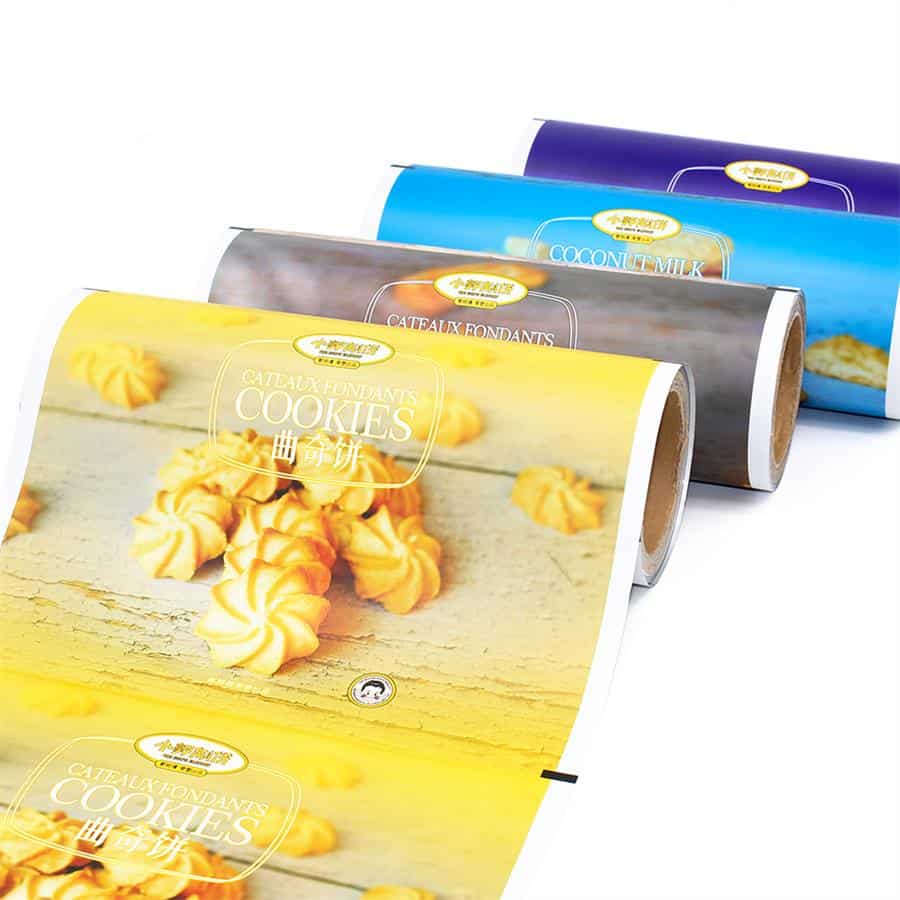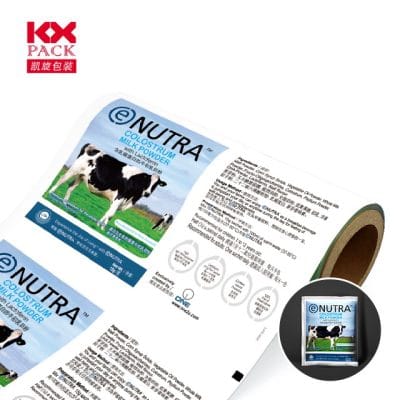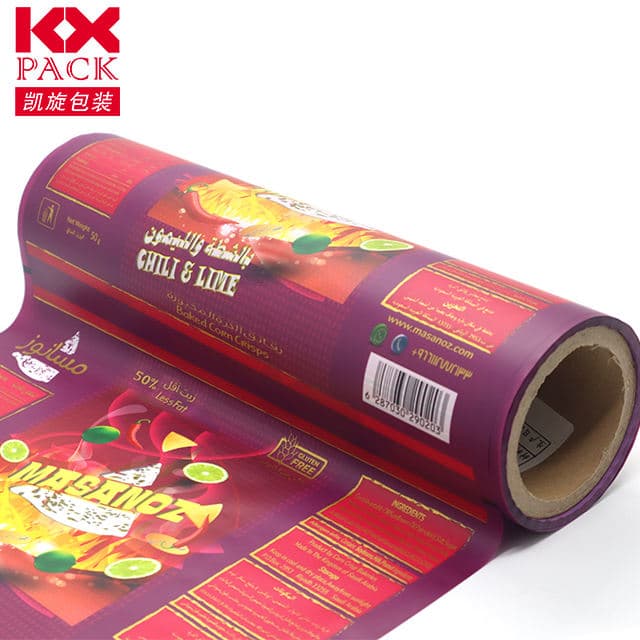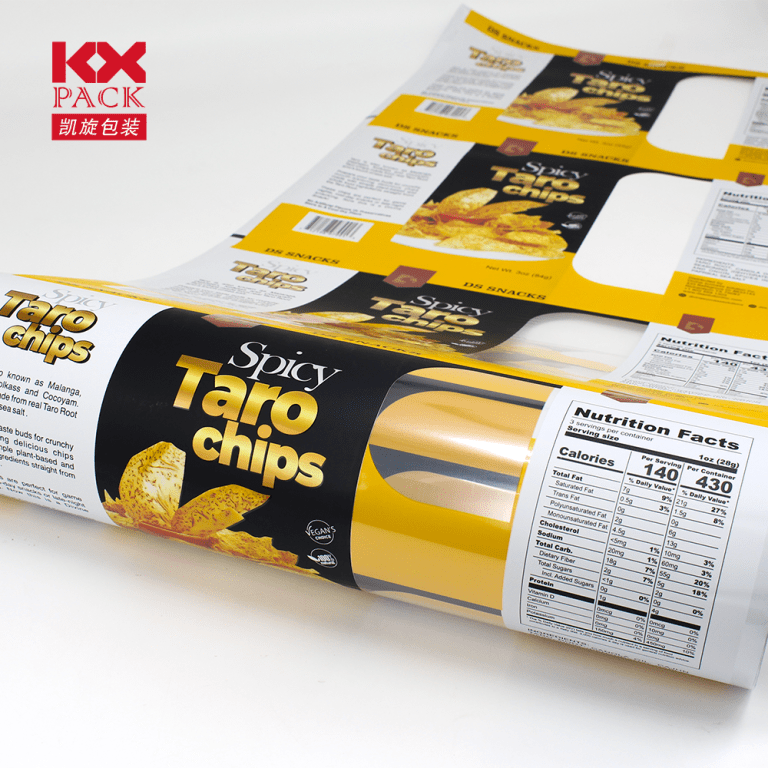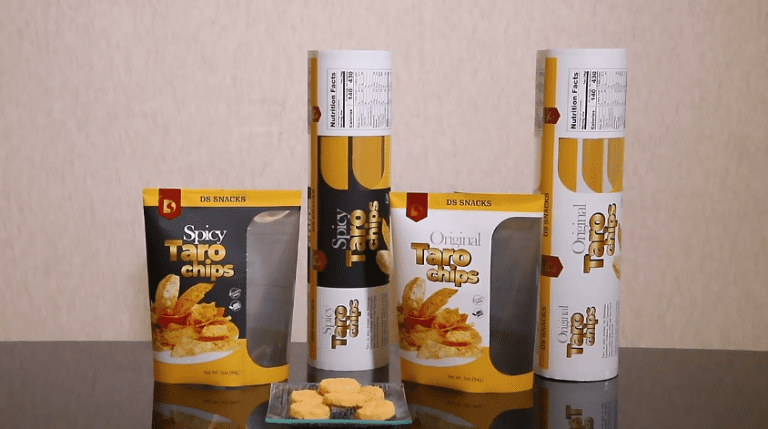Hoe u de juiste voedselverpakkingsfolie voor uw producten kiest
Inhoudsopgave
I. Invoering
1.1 De cruciale rol van voedselverpakkingen
Voor het behoud van de kwaliteit is een goede verpakking van groot belang, versheid, en veiligheid van voedingsproducten. Het beschermt items tegen externe verontreinigingen, oxidatie, vochtverlies, en andere factoren die tot bederf kunnen leiden. Verpakkingen spelen ook een belangrijke marketingrol door consumenten aan te trekken en productinformatie te communiceren. Met zoveel belang, Het selecteren van de juiste voedselverpakkingsfolie is cruciaal voor voedselproducenten.
1.2 Voedselverpakkingsfilms – De primaire barrière
Verpakkingsfilms vormen de belangrijkste barrière tussen het voedingsproduct en de externe omgeving. Ze zijn meestal de binnenste laag die rechtstreeks in contact komt met het voedselproduct. Een ideale verpakkingsfolie handhaaft de gewenste atmosferische omstandigheden, voorkomt vochtmigratie, en blokkeert het licht, geuren, gassen, en micro-organismen die de productkwaliteit kunnen aantasten of gezondheidsrisico's met zich mee kunnen brengen.
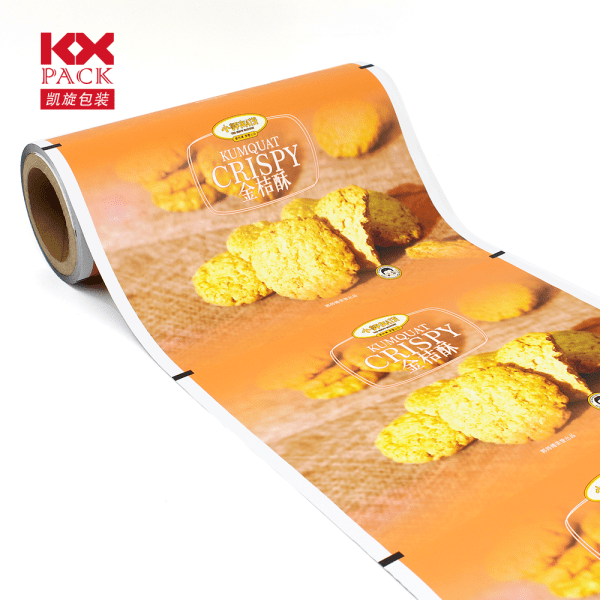
II. Soorten verpakkingsfilms
2.1 Plastic films
Plastic films zoals polyethyleen, polypropyleen, en polyvinylchloride zijn lange tijd standaardmaterialen geweest vanwege hun uitstekende barrière-eigenschappen, duurzaamheid, en kosteneffectiviteit. Echter, Milieuproblemen hebben de verkenning van alternatieve oplossingen gestimuleerd.
2.2 Biobased en biologisch afbreekbare opties
Om duurzaamheidsvraagstukken aan te pakken, biogebaseerde en biologisch afbreekbare films afgeleid van hernieuwbare bronnen zoals polymelkzuur (PLA), zetmeel, cellulose, en chitosan zijn ontstaan. Terwijl het milieuvriendelijke voordelen biedt, deze materialen worden vaak geconfronteerd met uitdagingen bij het evenaren van de prestaties van traditionele plastic films.
2.3 Meerlaagse en composietfilms
Door verschillende polymeren te combineren, meerlaagse en composietfilms kunnen worden ontworpen om specifieke functionele eigenschappen te bereiken die zijn afgestemd op verschillende soorten voedsel. Deze geavanceerde structuren overwinnen individuele materiaalbeperkingen en bieden superieure barrièrekwaliteiten.
III. Belangrijke overwegingen bij de selectie van voedselverpakkingsfilms
3.1 Kenmerken van voedingsproducten
De samenstelling van het voedingsproduct zelf is een belangrijke bepalende factor voor de verpakkingsbehoeften. Voedsel met een hoog vochtgehalte vereist uitstekende waterdampbarrières, terwijl vette producten superieure zuurstofbarrières vereisen om oxidatie en ranzigheid te voorkomen.
3.2 Gewenste houdbaarheid
Verpakkingen moeten de productkwaliteit gedurende de beoogde houdbaarheid behouden, die kan variëren van dagen tot jaren, afhankelijk van het type voedsel. Films met hogere barrière-eigenschappen zijn essentieel voor langere houdbaarheidseisen.
3.3 Voorwaarden voor opslag en distributie
Temperatuur, vochtigheid, blootstelling aan licht, en potentiële fysieke spanningen tijdens transport en uitstalling in de detailhandel kunnen de filmkeuze beïnvloeden. Zwaardere omstandigheden vereisen robuustere verpakkingsoplossingen.
3.4 Regelgevende naleving
Voedselverpakkingsfilms moeten voldoen aan de relevante voedselveiligheidsvoorschriften en migratienormen in de beoogde markten. Factoren zoals de chemische samenstelling en het risico van overdracht van stoffen naar voedsel worden geëvalueerd.
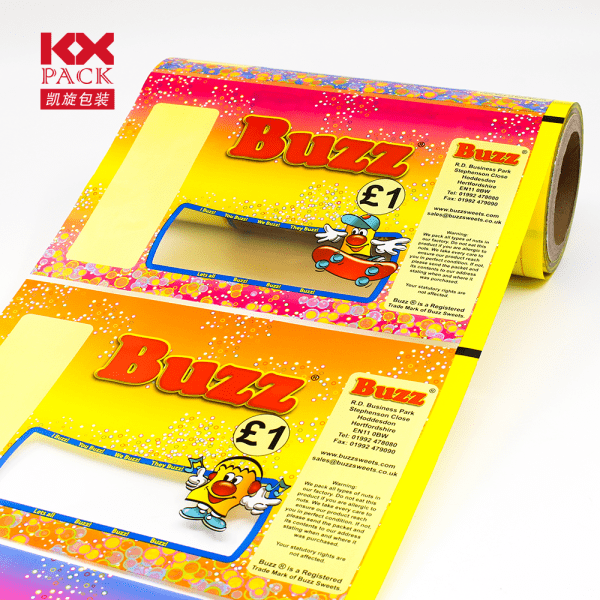
Iv. Films op maat maken voor verschillende voedingsmiddelen
4.1 Droge voedingsmiddelen
Snacks, granen, gebakken goederen, enz. hebben in de eerste plaats uitstekende vochtbarrières nodig om aankoeken te voorkomen, verouderen of verlies van knapperigheid. Materialen zoals polypropyleen bieden een goede bescherming tegen vocht.
4.2 Verse producten
Groenten en fruit profiteren van micro-geperforeerde of zeer gasdoorlatende films die de ademhaling vergemakkelijken en de atmosfeer wijzigen om rijping en veroudering te vertragen.
4.3 Vlees en zeevruchten
Eiwitrijk voedsel is gevoelig voor oxidatie en bacterieel bederf. Uitstekende zuurstofbarrières zoals ethyleenvinylalcohol (Evoh) copolymeren gecombineerd met effectieve afdichtingsmiddelen zijn essentieel.
4.4 Zuivelproducten
Zuivelproducten zoals melk, kaas, yoghurt enz. vereisen films met een hoge vochtbarrière die ook geur-/smaakbarrières zijn om onaangename smaken of aroma-absorptie te voorkomen. Materiële zuiverheid is van cruciaal belang.
4.5 Gebakken goederen
Naast vochtbescherming, gebakken producten vereisen uitstekende aromabarrières om het scalperen van de smaak of de overdracht van ongewenste geuren uit verpakkingsmaterialen te voorkomen.
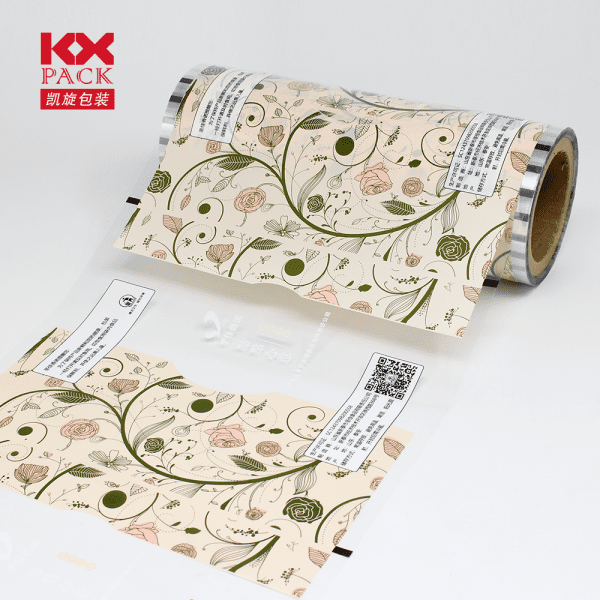
V. Opkomende verpakkingstrends
5.1 Duurzame en milieuvriendelijke oplossingen
Met een groeiend milieubewustzijn, biogebaseerd, biologisch afbreekbaar, recyclebaar, en hernieuwbare verpakkingsopties met een lagere CO2-voetafdruk krijgen steeds meer de voorkeur.
5.2 Actieve en intelligente verpakking
Geavanceerde films met additieven voor vochtregulatie, antimicrobiële eigenschappen, ethyleenopvang enz. samen met geïntegreerde sensoren voor het bewaken van kwaliteit en veiligheid worden ontwikkeld.
5.3 Schone etiketten en transparantie
Gedreven door clean label trends, consumenten geven de voorkeur aan minimale verwerking en minder kunstmatige toevoegingen, terwijl ze transparantie eisen over verpakkingsmaterialen en hun veiligheid.
VI. Conclusie
6.1 Belang van optimale selectie van voedselverpakkingsfilms
Het kiezen van de meest geschikte verpakkingsfolie is van cruciaal belang om de voedselkwaliteit te garanderen, De houdbaarheidsleven verlengen, afval verminderen, en het handhaven van de productintegriteit van verwerking tot consumptie.
6.2 Een holistische benadering van bescherming
Een effectieve verpakkingsstrategie vereist een holistische overweging van de unieke kenmerken van het product, beoogde houdbaarheid, bewaaromstandigheden, regelgevingslandschap, evenals duurzaamheidsdoelstellingen en opkomende technologische ontwikkelingen. Met de juiste films, voedselproducenten kunnen de bescherming optimaliseren, verliezen minimaliseren, en voldoen aan de veranderende verwachtingen van de consument op het gebied van versheid en voedselveiligheid.
6.3 Shantou Kaixuan Packaging Co., Ltd. – Uw vertrouwde partner
Shantou Kaixuan Packaging Co., Ltd. is een directe fabrikant gericht op verpakkingsoplossingen voor meer dan 20 jaar, met expertise in kleurenafdrukken, blaarvorming, en tassen maken. Als geïntegreerde aanbieder van design, productie, en verkoop, Kaixuan biedt uitgebreide verpakkingsoplossingen.
Met een faciliteit van 200.000 m² waarin een 100,000 niveau stofvrije werkplaats, Kaixuan beschikt over geavanceerde mogelijkheden, waaronder 300 m/min 12-kleuren hogesnelheidsdiepdrukmachines, automatische high-speed blistermachines met Duitse technologie, machines voor het maken van achtzijdige sluitzakken, en andere hoogwaardige apparatuur.
Door samen te werken met Kaixuan bent u verzekerd van toegang tot innovatieve producten, hoogwaardige verpakkingsfolies afgestemd op uw specifieke voedingsproductbehoeften, ondersteund door twintig jaar industriële ervaring en geavanceerde productiemogelijkheden.

